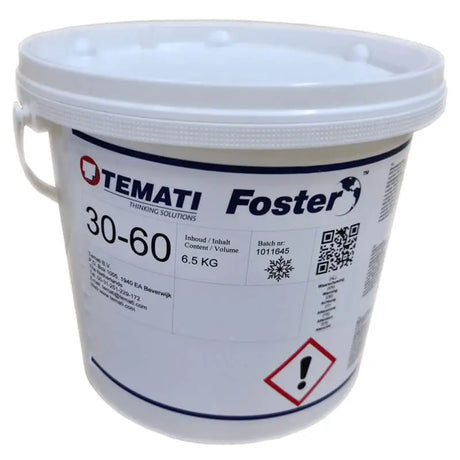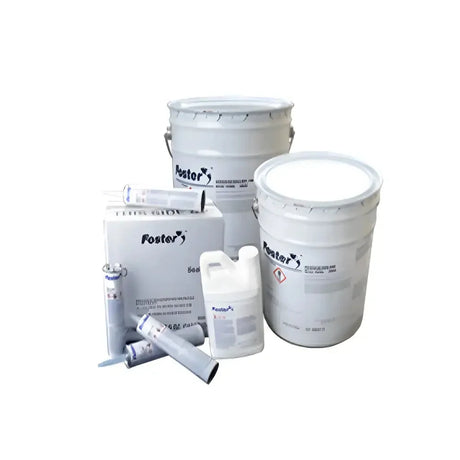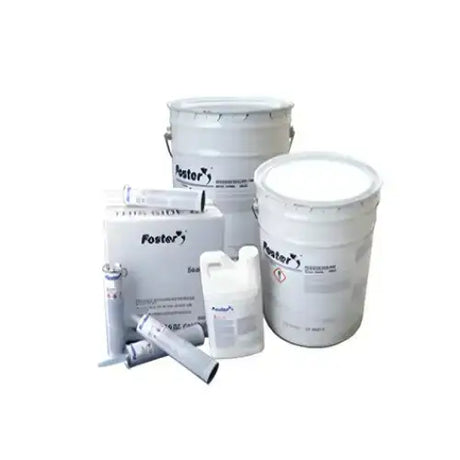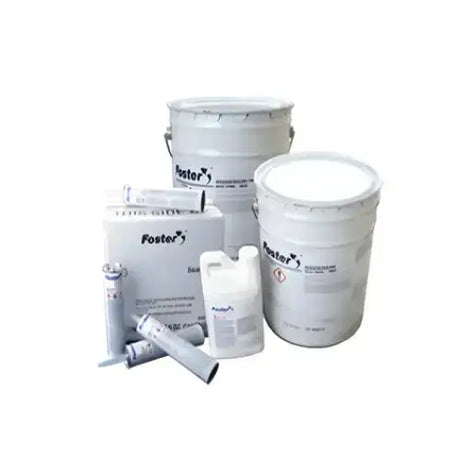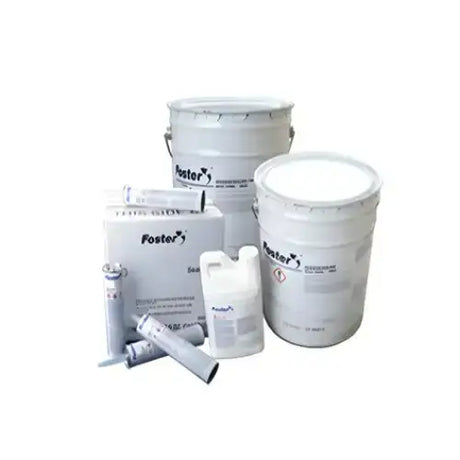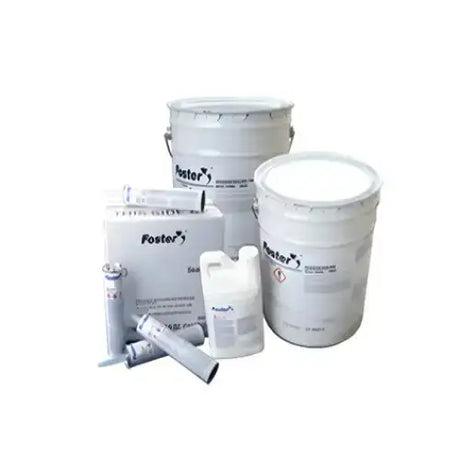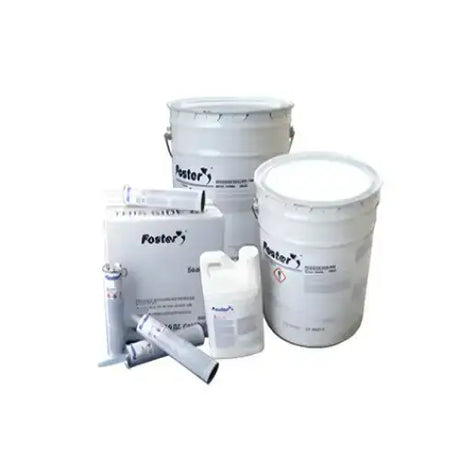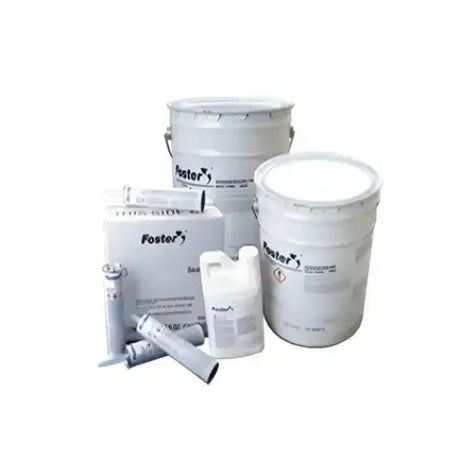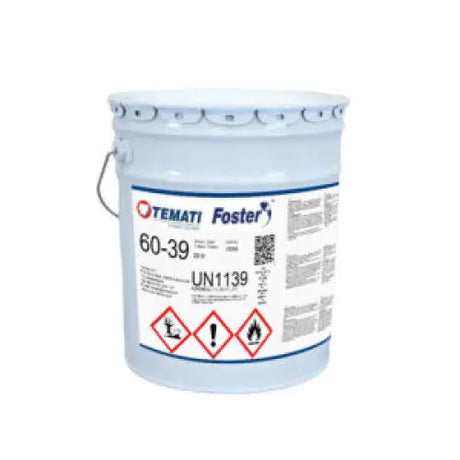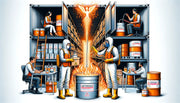When we talk about high-temp mastics, what exactly are we referring to? Simply put, they're a type of sealant that can withstand high temperatures without losing their integrity. But why is fire resistance such an essential feature in these products? It's all about safety and durability, especially in environments where the risk of fire is a constant concern. In this article, we'll take a deep dive into the world of high-temp mastics, exploring their composition, the standards they must meet, and why they're so crucial in industrial applications. So, grab a cuppa, and let's unravel the fiery details of these hot-topic sealants.
Composition of High-Temp Mastics
Ever considered what goes into making mastics capable of taking the heat? It's not just about being tough; it's about being smart with the ingredients. Here's a look at the recipe for these fire-fighting sealants:
Binders
Binders are the glue that holds the mastic together. They determine not just the mastic's ability to stick, but also its flexibility and temperature tolerance. Without a robust binder, your mastic might just throw in the towel when the heat is on.
Fillers
Fillers are the bouncers in the club, giving the mastic the bulk and body it needs to fill gaps and cracks. They're also the unsung heroes when it comes to fire resistance, helping to insulate and protect whatever is behind them from the flames.
Additives
Think of additives as the secret sauce, giving the mastic those special properties that make it unique. They can improve everything from adhesion to fire resistance, making sure the mastic doesn't just perform, but excels under pressure.
Fire Resistance Testing Standards
It's all well and good to claim that a mastic can take the heat, but how do you prove it? That’s where testing standards come into play, setting the bar for performance. Here are a few of the big names in fire resistance testing:
ASTM E136
This is the test that separates the hot from the not. ASTM E136 measures the combustibility of materials, ensuring that the mastic won't contribute fuel to the fire.
UL 1479
Leaks can be more than just annoying; they can be dangerous. UL 1479 tests for fire resistance in through-penetration firestops, making sure that seals don't give way when exposed to fire.
ISO 1182
It's not just about not burning; it's also about not getting too hot. ISO 1182 checks that materials won't become excessively hot and won't produce too much smoke or toxic gases when exposed to fire.
Factors Affecting Fire Resistance
Fire resistance isn't just a one-trick pony; it's influenced by a variety of factors. Let's turn up the heat and examine what affects a mastic's ability to resist fire:
Impact of Temperature on Fire Resistance
It's no surprise that temperature plays a big role in fire resistance. But it's not just about withstanding high temperatures; it's about how the mastic behaves when the thermometer climbs. Does it stay strong, or does it start to sweat?
Influence of Application Thickness
Thickness matters – and we're not just saying that. The amount of mastic you slap on can make a big difference in how it performs in a fire. Too thin, and you might as well be using cling film; too thick, and you could be wasting your product.
Effect of Environmental Conditions
Let's not forget the environment. Humidity, temperature fluctuations, and exposure to chemicals can all play a part in how well a mastic holds up in a blaze. It's like a triathlon for sealants, and only the fittest will survive.
Fire Resistance Performance
Now, let's turn our attention to the results that really matter – the performance of high-temp mastics in the face of fire. How do they measure up?
Results of Fire Resistance Testing
When push comes to shove, and the flames are licking at the door, does the mastic stand its ground? The results of fire resistance testing give us the answer, and it's either a pass or a fail – there's no middle ground when it comes to safety.
Comparison with Conventional Mastics
Not all mastics are created equal. How do these high-temperature heavyweights compare to their conventional cousins? It's a showdown of durability, and only one can emerge as the top sealant.
Case Studies of Successful Fire Resistance Performance
They say the proof is in the pudding, and in the world of high-temp mastics, the pudding is a case study. Real-world examples show us how these products perform when the heat is on, and the stakes are high.
Application Areas
Mastics aren't just for plugging leaks in your bathroom; they're key players in some heavy-duty industries. Let's explore where you're likely to find these fire-resistant formulas:
Industries Where High-Temp Mastics Are Used
Petrochemical
In the petrochemical industry, fire resistance isn't just desirable; it's essential. High-temp mastics help keep things sealed and safe in an environment where one spark could spell disaster.
Power Generation
Power generation plants are no strangers to high temperatures. Mastics here need to be as tough as the materials they're protecting, ensuring that energy production can continue safely and efficiently.
Aerospace
When you're flying high, the last thing you want is a fire on board. Aerospace applications demand the highest standards of fire resistance, and high-temp mastics are on the frontline, ensuring the safety of those in the skies.
Importance of Fire Resistance in Industrial Settings
We've touched on it already, but let's drill down into why fire resistance is such a big deal in industrial settings:
Potential Hazards of Fire Incidents
It's not just about property damage; it's about lives. Fire incidents can be catastrophic, and the right mastic could be all that stands between a close call and a disaster.
Regulatory Requirements for Fire Resistance
It's not the Wild West; there are rules to follow. Industry regulations dictate the level of fire resistance required, and for good reason. It's about keeping standards high and risks low.
Benefits of Fire Resistant High-Temp Mastics
Alright, so we know they're important, but what's in it for the user? Let's break down the perks of picking a mastic that can handle the heat:
Enhanced Safety
It's the number one benefit – keeping people and property safe. A fire-resistant mastic is like a safety net, giving you that extra peace of mind when things get hot.
Long-Term Cost Savings
Think long-term. A mastic that can resist fire is an investment, saving you money on repairs and replacements down the line. It's like buying boots that last for years instead of months – your wallet will thank you later.
Compliance with Industry Standards
Tick those boxes. Using fire-resistant mastics isn't just smart; it's often mandatory. Stay on the right side of regulations and avoid the headaches of non-compliance.
Installation and Maintenance Considerations
Don't just slap it on and hope for the best. Proper installation and maintenance are key to ensuring that your mastic continues to resist fire effectively:
Proper Installation Practices for Maintaining Fire Resistance
Get it right the first time. Proper installation ensures that the mastic performs as it should. It's not about cutting corners; it's about protecting them.
Recommended Maintenance Procedures for Long-Term Effectiveness
Keep it up. Ongoing maintenance makes sure that your mastic stays in fighting form, ready to take on the flames whenever they may arise. It's like keeping your sword sharp for battle – you never know when you'll need it.
To be continued... Continuing from where we left off, let's delve further into the fiery world of high-temp mastics and how they stand guard against the flames.
Future Developments in Fire Resistant High-Temp Mastics
The future's bright, or should we say 'resistant'? With advancements in technology, we're seeing some exciting developments on the horizon for high-temp mastics.
Recent Advancements in Fire Resistance Technology
The world of fire-resistant materials is ablaze with innovation. From new formulations to smarter additives, the latest advancements mean mastics are becoming even more reliable under fire.
Potential Improvements in Fire Resistant Properties
There's always room for improvement, and scientists are on the case. We're talking about mastics that could one day laugh in the face of fire, offering even greater levels of protection and peace of mind.
Conclusion
As we wrap up, let's reflect on what we've discussed. High-temp mastics aren't just another item on the shelf; they're crucial players in the safety game. With their ability to withstand extreme temperatures and prevent the spread of fire, they've become indispensable in industries where the heat is more than just a summer's day.
Summary of Key Points Discussed
High-temp mastics are the unsung heroes in fire safety, their composition and performance under fire testing standards make them vital allies. With the ever-present risk of fire in industrial settings, these products aren't just useful; they're essential.
Importance of Selecting High-Temp Mastics with Superior Fire Resistance Properties
Choosing the right mastic is like picking the right teammate; you want the best on your side when it counts. Superior fire resistance properties are non-negotiable for safety and compliance.
Final Thoughts
It's clear that in the battle against fire, high-temp mastics are on the front line. They offer invaluable protection, savings, and peace of mind. And as technology marches on, we can only expect them to get tougher, smarter, and even more resistant. So, when the heat is on, make sure you've got the right mastic on your team.
As we've seen, high-temp mastics are a critical component in safeguarding against fire. They're a testament to human ingenuity, offering protection and durability even in the most extreme conditions. With their ability to meet stringent testing standards and their application across various high-stakes industries, these mastics are not just about filling gaps — they're about bridging the gap between risk and safety.
When selecting a high-temp mastic, it's crucial to consider the specific needs of your project or industry. Looking at factors like temperature resistance, application thickness, and environmental conditions will guide you to the right choice. Remember, it's not just about preventing fire damage; it's about ensuring the well-being of people and the continuity of businesses.
And as we look to the future, we can be excited about the advancements on the horizon. With ongoing research and development, fire-resistant high-temp mastics will continue to evolve, offering even higher levels of safety and efficiency. This progress not only addresses the immediate dangers of fire but also contributes to a more sustainable and resilient industry landscape.
In conclusion, the role of high-temp mastics in fire resistance cannot be overstated. They are a silent guardian against one of nature's most powerful forces. So, whether you're in the petrochemical, power generation, aerospace, or any other industry where high temperatures are par for the course, investing in the right mastic is not just a good practice — it's a necessity for safety and success.


